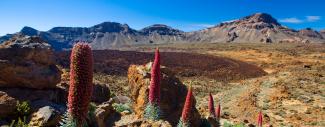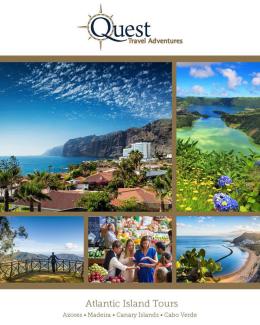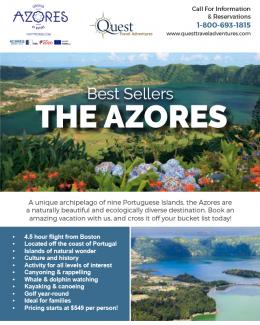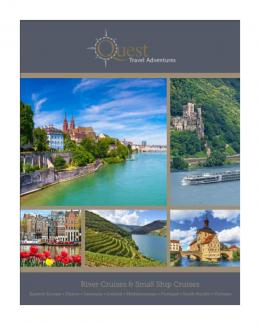A Guide to Wine in the Canary Islands
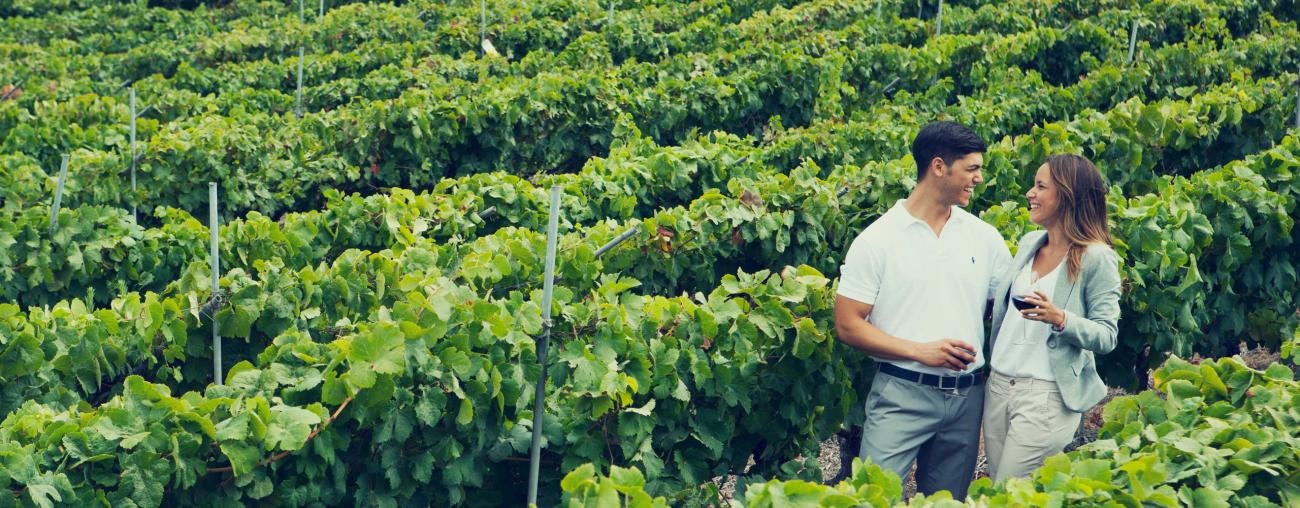
What a difference a few centuries make! The wine production on the Canary Islands is a perfect example of how history, geography, and innovation can shape a unique and exciting wine region.
The Rich History of Canary Islands Wine
Wine production in the Canary Islands dates back over 500 years, flourishing after the archipelago's 15th-century conquest by Spain. Due to its strategic location as the last port before the Atlantic crossing, Canarian wine was in high demand. Explorers needed to stock up and fortify themselves before embarking on their voyages.
By the reign of Queen Elizabeth I, Canarian wines had become some of the most coveted in the world. Writers like William Shakespeare mentioned the island’s wines in works like Twelfth Night, where Sir Toby Belch famously asks, “Oh knight, thou lackest a cup of canary: when did I see thee so put down?” It's said that Shakespeare was even paid in part with a barrel of Malmsey, a wine from the Canary Islands.
However, as tastes in wine changed, European aristocracy began favoring wines from France and Portugal. By the 18th century, the wines of the Canary Islands had slipped into obscurity. Today, Canarian wines are largely unknown in the U.S. But with support from Spain and the European Union, these wines are undergoing a renaissance, thanks to modern winemaking technology, improved quality, and sophisticated marketing. They are making a comeback and even winning prestigious international wine awards.
Unique Grape-Growing Conditions and Varieties
What makes Canarian wines so distinctive? The answer lies in the region's unique grape-growing conditions. The Canary Islands boast the most tropical wine-growing climate in Europe, along with some of the highest vineyard slopes. Additionally, the islands were spared from the phylloxera infestation that devastated vineyards across Europe in the late 19th century. This allows Canarian vines to remain ancient, producing rich, flavorful wines with distinctive aromas and flavors.
One of the most interesting aspects of Canarian wines is the grape varieties used. While you won’t find much Chardonnay, Cabernet, or Syrah here, local varieties thrive. The most common red grape is Listán Negro, known for its fresh, peppery wine. Other popular reds include Negramoll, Baboso Negro, and Tintilla.
For white wines, you'll find varieties like Listán Blanco, Moscatel, and Verdello. The famous Malmsey wine, beloved by Elizabethan England, is made from the Malvasia grape. This grape continues to thrive, particularly on Lanzarote, where volcanic soils contribute to its distinct flavor profile. The island of Lanzarote also holds a DO (Denominación de Origen) designation, ensuring high standards of regional production. Other Canarian islands like La Palma, Gran Canaria, El Hierro, and La Gomera have since earned their own DOs as well.
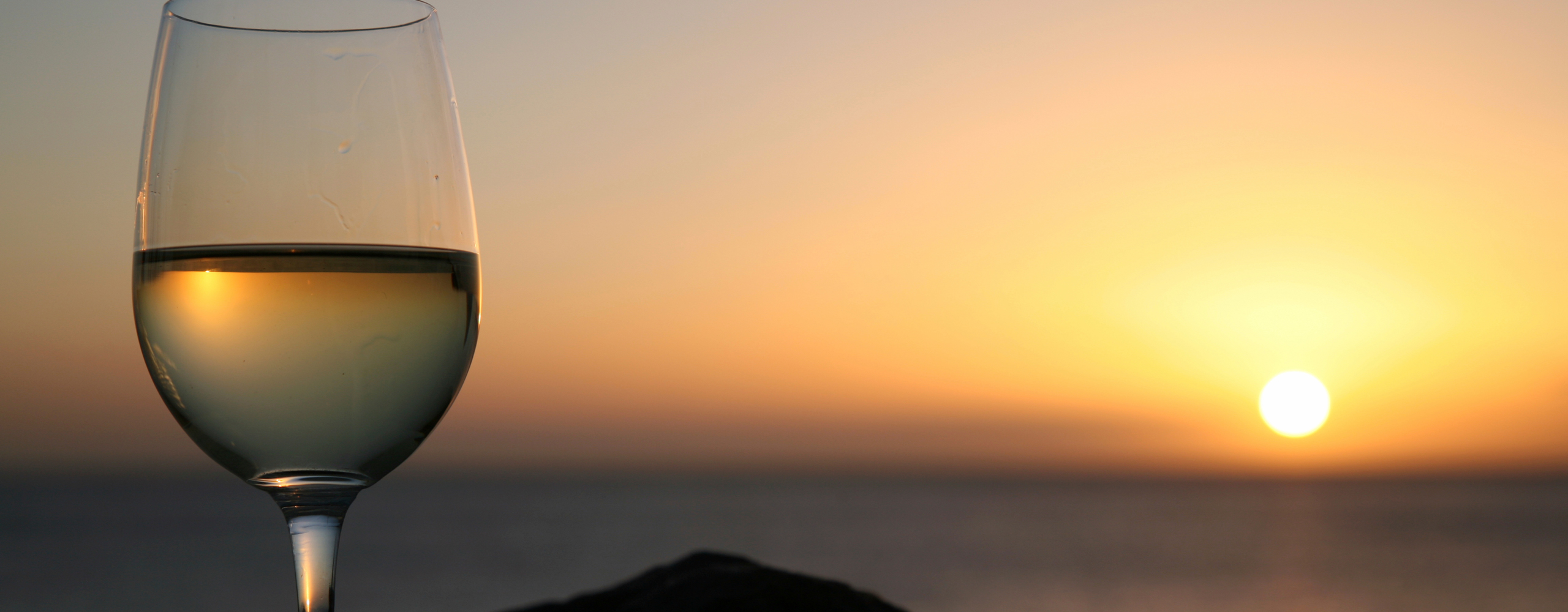
Tenerife: The Heart of Canary Islands Wine
While the Canary Islands as a whole produce exceptional wines, Tenerife stands out as the primary wine producer in the archipelago. Tenerife was the first island to earn a DO designation, and today it boasts five DOs and more than 70 bodegas (wineries). Each region offers its own unique wines:
-
Tacoronte-Acentejo – The largest DO on Tenerife, located on the slopes of the Anaga Peninsula, is known for its red wines made from local varieties. Its high altitudes and Atlantic breezes create ideal conditions for wine production.
-
Ycoden-Daute-Isora – Located on Tenerife's west coast, this region is known for dry white wines made from Malvasia and Listán Blanco grapes. These wines are grown on the slopes of Mount Teide.
-
Valle de La Orotava – Tenerife’s oldest wine region, with vineyards dating back to the Spanish conquest. It’s known for red wines made from Listán Negro, Negramoll, and Tintilla.
-
Abona – Located on Tenerife’s southern coast, Abona is home to the highest vineyard slopes in the European Union, producing high-quality white wines, including some of the finest on the island.
-
Valle de Güimar – This region, also on the southern coast, produces dry, semi-dry, and fruity white wines from Listán Blanco grapes, along with Malvasia in both dry and sweet styles.
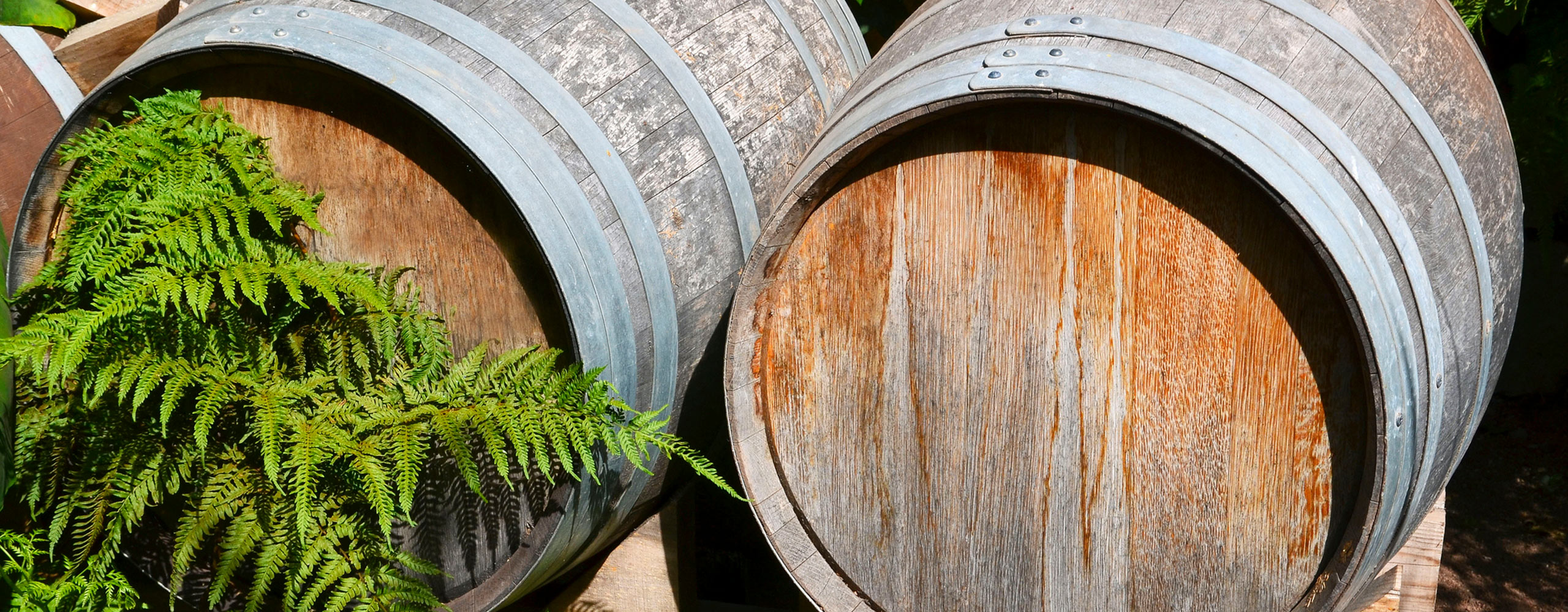
Pairing Canarian Wines with Local Cuisine
Wine lovers know that the best food pairings come from the local region. When visiting Tenerife, make sure to enjoy a glass of delicious local wine that is virtually unavailable in the U.S. and pairs perfectly with the island's fresh seafood and traditional dishes.
Why Canarian Wines Deserve Your Attention
The unique growing conditions, ancient vines, and indigenous grape varieties make Canarian wines truly special. As the region continues to gain recognition, these wines offer wine enthusiasts a chance to explore something new and exciting. Whether you're seeking a bold red or a crisp white, the Canary Islands' wines are experiencing a well-deserved comeback.
Why keep reading when you can experience the wines yourself? The Canary Islands are the perfect hidden gem for adventure, gastronomy, wines, and luxury. Our Travel Specialists at Quest Travel Adventures have over 20-years of experience in individual and small group travel to the Canary Islands. Some of our most popular trips include the adventures listed above, such as our Canary Islands Adventure Seeker, Tenerife Getaway, and Golf in the Canary Islands. Don’t miss out - book your trip to the Spanish Canary Islands today!





